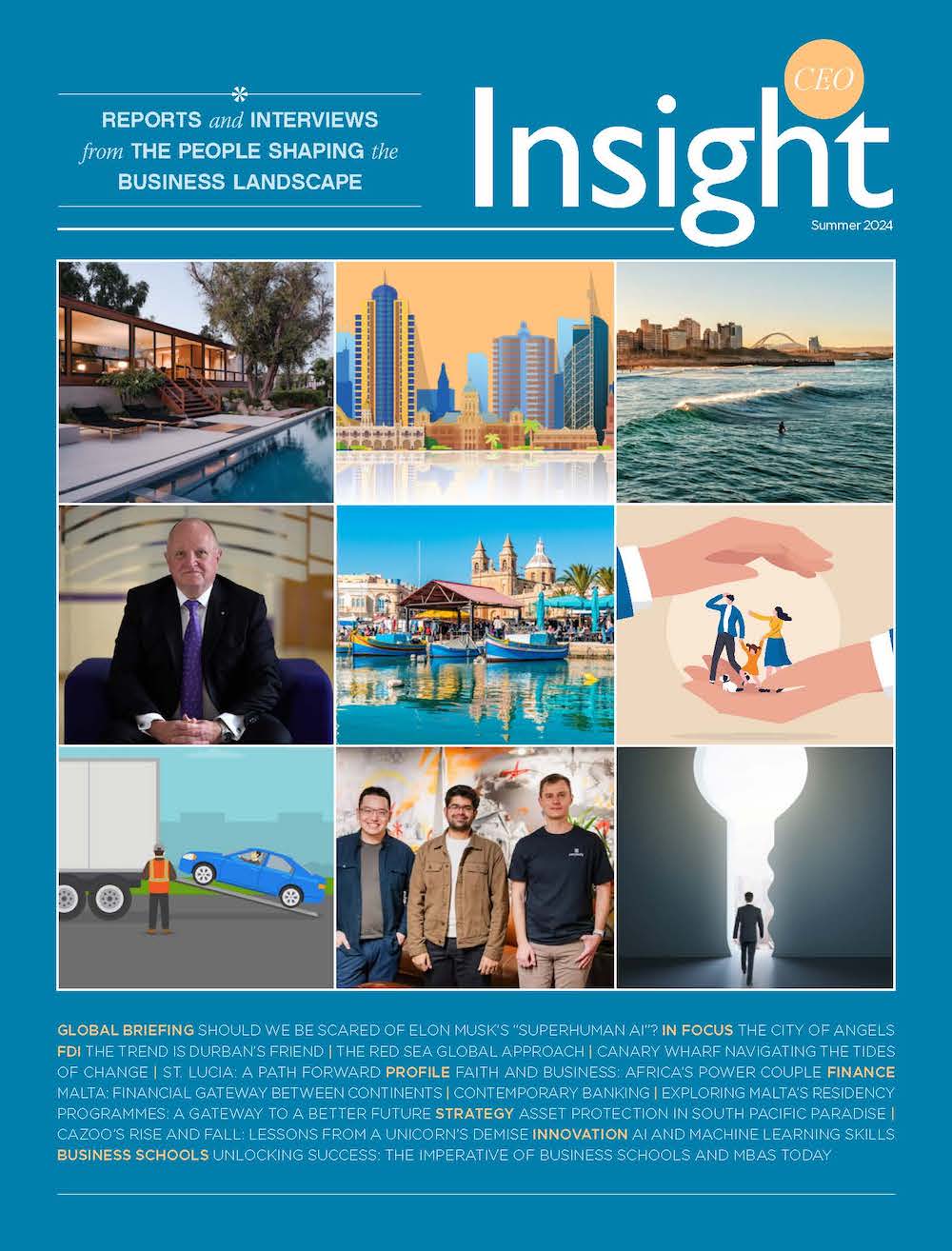All Aboard the Port Revolution
Share

Seaborne trade makes the world go around, and ports are at the heart of the action. With the ports sector set to experience unprecedented change over the next decade, these are the main developments set to mark the years ahead.
Asia’s population is exploding, as is its share of global GDP, bringing with it ever greater demand for resources. The impact of this on shipping is that trade routes will be increasingly oriented towards that continent; in particular, from Africa, so rich in raw materials, to Asia, where demand will be highest. In addition, we will see stronger high-speed rail links and expressways between ports and those mega cities in close proximity, as populations become increasingly concentrated in urban regions.
Meanwhile, on the energy front, the burgeoning market for hybrid and electric cars, and the grid parity offered by solar may serve to limit demand for transport oil-based fuels brought in by tanker. However, the market for LNG and biomass is likely to grow, bringing with it new opportunities.
On the logistics front, digitalisation will lead to infrastructure optimisation, meaning there will be less incentive to invest in new facilities, while increased efficiency could lead to a reduction in cargo volumes. Elsewhere, inspection drones, data analytics and sharing, sensors and self-steering vessels will further optimise port operations.
Yet, set against this is the fact that vessel sizes are expected to increase significantly over the next ten to 15 years, with the largest ships needing greater depth and wider docks than most ports are able to offer at present, not to mention larger cranes and stronger quays. This then, will act to catalyse major infrastructural investment in port facilities across the globe.
“On the logistics front, digitalisation will lead to infrastructure optimisation, meaning there will be less incentive to invest in new facilities, while increased efficiency could lead to a reduction in cargo volumes.”
On the security side, while new automated port systems may increase efficiency and reduce the risk of human error, they also bring with them enhanced cyber security challenges. This capacity for hackers to take control of port operations is one the global community must pool resources on to ensure it does not become an existential threat for any given port operation amongst their number. It will also inform changes in the type of skilled labour sought, with an increasing demand for highly qualified science, technology, engineering and maths graduates.
Another fascinating development is the ongoing development of 3D printing which means some manufacturers will be able to “print” supplies that previously needed to be imported by sea, helping to create a zero-inventory culture. However, while the movement of end products may reduce, the shipment of raw materials would substantially increase under this scenario. In addition, a greener world will see ships increasingly used to transport materials for refurbishment or recycling.
Collectively, while changes may lead to consolidation and rationalisation, ports will continue to constitute critical infrastructure on the world stage, with their capacity to generate increased revenue enhanced. Those that rest on their laurels will fall by the wayside, while those who adapt and make the most of the new opportunities will thrive.



























